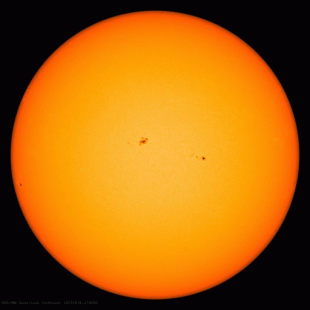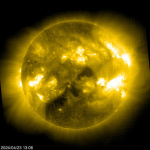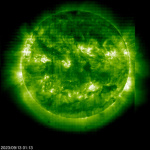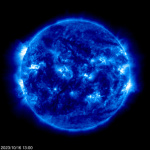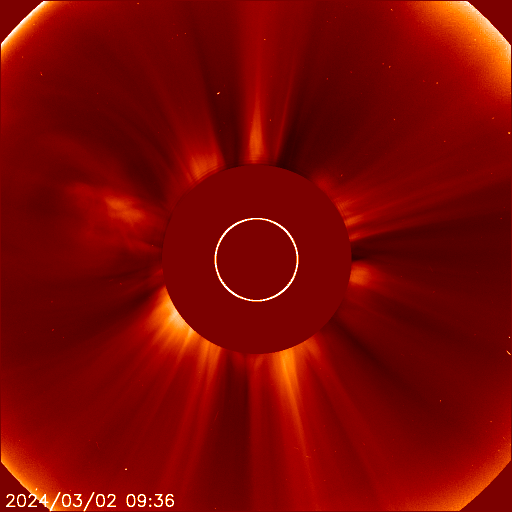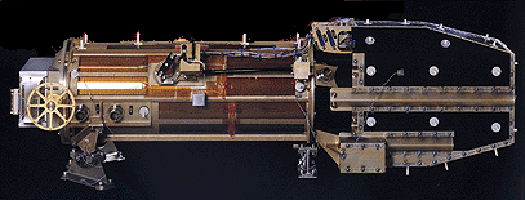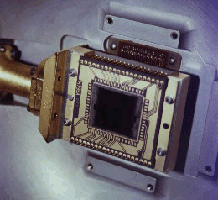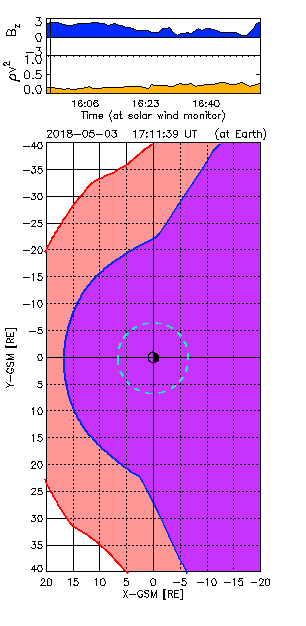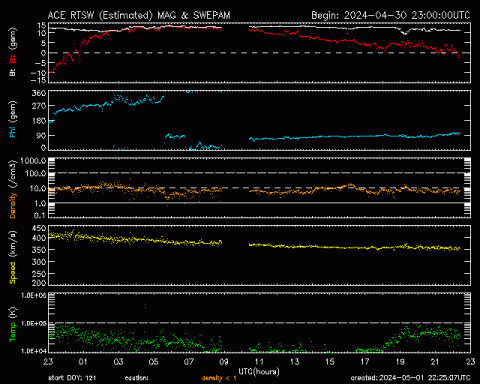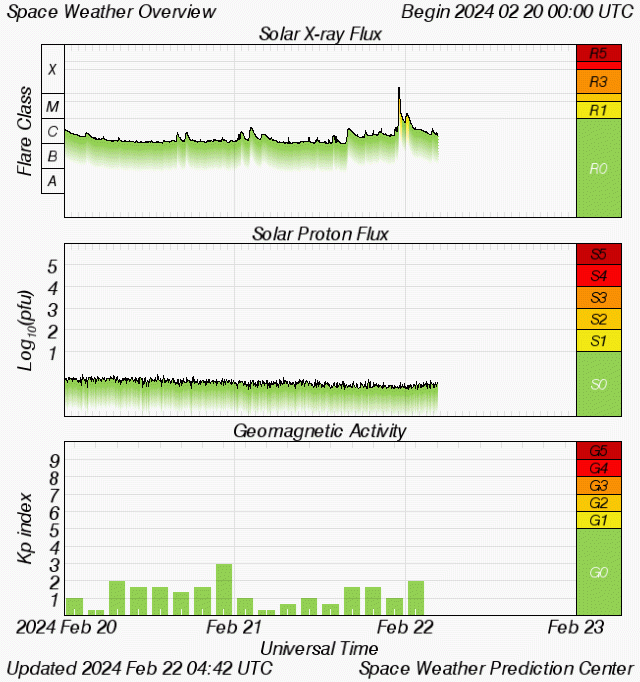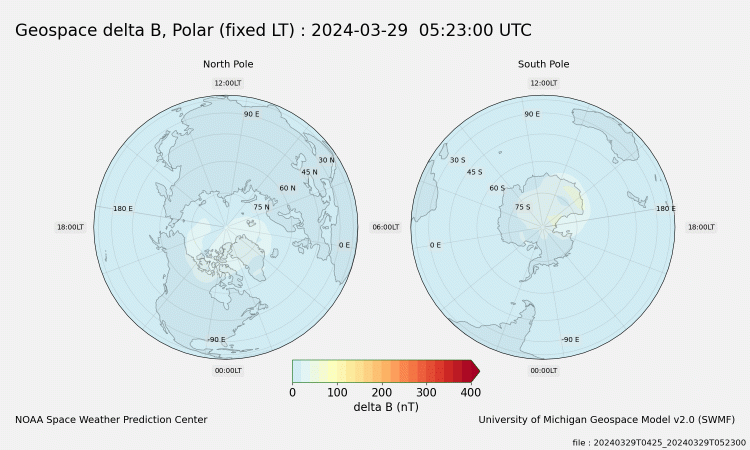|
If the images shown on "Real Time Images of the Sun" display the message CCD BAKEOUT, then this means EIT (Extreme ultraviolet Imaging Telescope) images are temporarily unavailable. In this case, there is nothing wrong with the EIT instrument on SOHO spacecraft. The images will resume within 2-3 weeks. CCD BAKEOUT is a procedure where the EIT on SOHO is taken offline in order to maintain the performance of the instrument. Bakeout is an artificial acceleration of the process of outgassing by heating.
The detector in EIT, on SOHO, is a, very expensive to produce, backside illuminated and thinned down to a thickness of about 10 microns charge coupled detector (CCD). The EIT CCD is similar to the, cheap to produce, frontside CCD's handheld video cameras, but with better read noise (the "snow" you see in your home videos when there's little available light) and, thanks to the backside-thinning, it's sensitive to extreme ultraviolet (EUV) light.
In order to keep read noise down (suppress the "snow") and to prevent cosmic ray hits from permanently raising the read noise level, by damaging the detector, the EIT CCD is usually operated at a temperature of about -67°C. This temperature is achieved by passive cooling. So the CCD chip is thermally contacted to a titanium "cold finger" (at far left in the right image above) that is attached to a radiator plate that is pointed at a piece of sky perpendicular to the Earth-Sun line.
Unfortunately, there's a small amount of "slush," probably a mixture of water vapor and hydrocarbons, that avoided the initial bakeout of the instrument. The back end of the EIT telescope, is a difficult place from which to escape, because of the plate holding the final, thin aluminum filter just in front of the CCD, and a labyrinthine venting system (designed to prevent stray light). At -67°C, even with the low partial pressure in space, the slush condenses on the CCD and the cold finger (they're the coldest parts of the back end of the instrument). The slush absorbs some EUV light and so reduces the throughput of the instrument. In addition, overexposure to EUV (say, from bright flares or, before the onboard software was fixed to prevent this, accidentally long exposures) can produce electron traps in the CCD material, which reduce the detector's throughput (how many electrons it produces for a given number of photons striking a pixel).
Thus, we need to warm up (bakeout) the detector to evaporate the slush (if only temporarily) and anneal out the electron traps in order to maintain the performance of the instrument.
|

